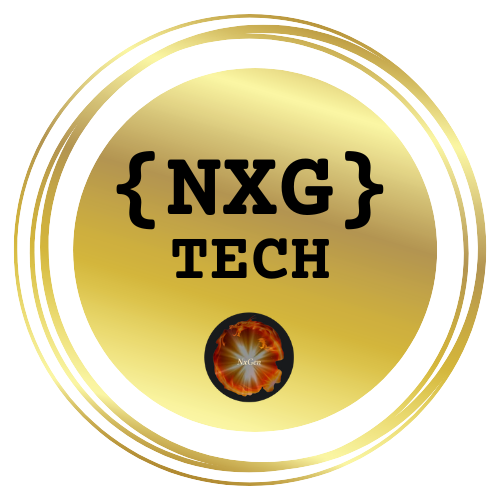
A New Dawn for Internet Access
Imagine connecting even the most remote areas of the world to high-speed internet, not through complicated cables or lofty satellites, but via beams of light. This is the vision behind Google's Taara project, an ambitious initiative aimed at revolutionizing internet connectivity using laser technology. Inspired by earlier attempts like Project Loon, Taara is now entering its next phase with the launch of a new chip that promises to enhance data transmission capabilities significantly.
How Taara Works: Connecting the Unconnected
At the heart of Taara's innovation is its methodology of using light—specifically lasers—to transfer data quickly and efficiently. This approach presents a solution to the longstanding 'last-mile' problem that has hindered broadband access in many underserved areas. In traditional settings, laying down fiber optics can be prohibitively expensive and logistically challenging, especially in rural or hard-to-reach locales.
With Taara's free-space optical communication system, high-bandwidth data can be transmitted directly between points without the need for extensive infrastructure. Tests indicated impressive speeds, with Taara achieving near 20 Gbps connections in trials, affirming its potential in bridging connectivity gaps, especially in developing nations.
Real-World Implications: Addressing the Global Connectivity Challenge
Mahesh Krishnaswamy, who leads the project, emphasizes the urgent need for connectivity solutions, stating that around three billion people worldwide still lack access to the internet. Taara's laser technology aims not only to provide internet within cities, such as those in Africa where it previously tested connections over significant distances, but also to facilitate connections between rural regions, effectively bringing them into the digital age.
The Future of Connectivity: Beyond Limitations
While weather conditions and obstacles may pose challenges to laser-based connections, advancements in technology, such as those showcased by companies like Attochron, are aiming to mitigate these issues. Their innovations contribute to the broader capability for laser networks to become more resilient against environmental factors, thus ensuring stable connections throughout varying climates.
Final Thoughts: Why Taara is Worth Watching
As Taara continues to develop and deploy its technology, the project's ability to connect previously unreachable areas carries significant implications for businesses, education, healthcare, and social media access. By potentially transforming how internet connectivity is achieved, it paves the way for greater global equality in online access.
As an emerging technology, Taara is not just a business venture; it's an attempt to reshape the digital landscape systematically. Keeping abreast of its developments will be crucial for those interested in the future of global communications.
 Add Row
Add Row  Add
Add 




Write A Comment